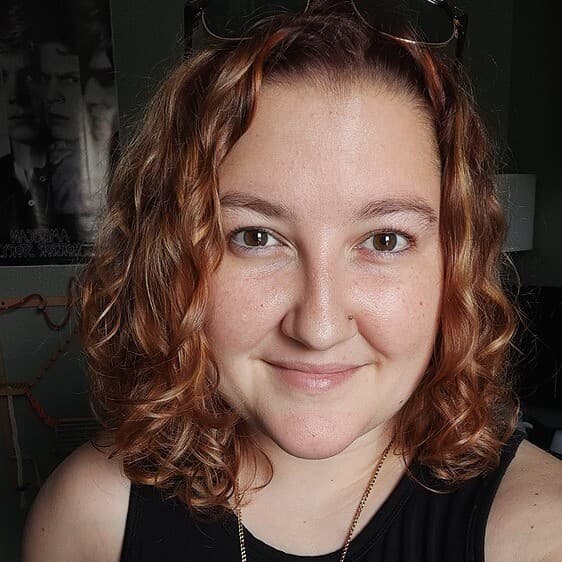Exploring VR, AR, & XR Storytelling

Immersive has been a new buzzword on the last recent years. Its applications surely come in many forms, but in this article, I will focus on digital immersive experiences, since physical immersive is a whole different subject.
There is no question that a lot of the public space has been equipped with some type of screens, and 5G internet has been the catalyst to change how we interact with digital content, at least in certain countries where it’s a reality. But to clearly communicate here, let’s get some terms and definitions out of the way first.

Alternate Realities
XR: stands for Extended Reality. It is a broad term that encapsulates all forms of digital Realities and the mixture or evolution of any of them.
AR: stands for Augmented Reality, a type of digital content that is overlaid on top of the physical world through a device such as a smartphone or tablet. The user sees the real world through a window that layers digital assets on top of it.
MR: stands for Mixed Reality. It is the evolution of Augmented Reality, where digital objects interact with the physical world, but this time the layout and geometry of the physical world take a crucial role, as digital components interact with it and follow some of its rules like perspective, weight and mass, scale, etc. this is experienced mainly through glasses that track the physical space and integrate digital components on it. The user sees the real world through a device that fully integrates digital assets inside it.
VR: stands for Virtual Reality, in this case, the digital content is experienced through a fully contained visor that in its basic form, uses the orientation of our head to immerse us in a fully 360 digital environment. In its most recent and advanced form, VR artists are able to skin or represent an alternate version of the physical world with a digital representation (sometimes called Hyper Reality), allowing us to move in a physical space and even see other people as the accurately move as fully digital avatars or with replaced digital features. The user sees a digital world but is able to interact with it through some of its physical characteristics.

A Fascinating Medium
Even though a lot of what XR has been successfully used for is infographics, training videos, and a lot of niche entertainment, it has been less explored as an expressive storytelling medium.
Understanding how XR is expanding the traditional film language, and even evolving to new frontiers is key to being able to use it and incorporate it into a new project. But I think the big obstacle in converting either mainstream audiences and directors entirely to these technologies has been that some of them are still clunky and not simple enough to set up by the average user, especially VR.

Augmented Reality
Some Rad VR Examples
Carne y Arena: This extraordinary VR experience directed by Alejandro González Iñárritu, is much richer than a typical VR project, in the sense that it incorporates much more cinematic language and a lot of multi-sensorial devices that make the whole experience truly immersive. The story basically takes the viewers alongside an immigrant’s journey as they try to illegally cross the border from Mexico to the U.S. and they encounter various obstacles and conflicts along the way.
The Void: This immersive experience actually changed my point of view about VR, as it is the first time that in my opinion, it truly felt like something much more than a novelty, and proved that this medium is truly beginning to explore its full potential. You get to choose different interactive narratives based on existing IPs. The innovation is the way it incorporates physical spaces, props, and reactions to the environment that are perfectly timed to the digital experience.
Sandbox: Just like The Void, Sandbox focuses on creating experiences that are far more involved than a typical VR game. With the use of haptics technology and the latest motion capture techniques, Sandbox VR is truly unique and promising to expand the medium to new heights. Much more focused on the social and team building dynamic, you get many proprietary games to choose from which develop in different genres, from futuristic, action-packed sci-fi to horror.

Immersive Narratives
There are a vast number of impressive examples of the use of immersive projects that rely heavily either on the technology or the practical use of it either as a novelty or as a utilitarian purpose. But there are a few examples based on the strength of its narrative component.
VR has started to be successfully used in VFX and animation-heavy productions, working as a real-time vision in which directors instantly preview the outcome of a complex shot that requires many digital assets and making notes in real-time without having to wait for dailies and saving some post-production costs along the way. This is just the beginning of its true potential as more artists and audiences embrace it as an extraordinarily creative and expressive tool.

Speculating the Future
I’ve always been fascinated by the opportunity to expand personal expression to new places, but have always also been careful and critical to not jump into a fad bandwagon too soon or invest too much time in something that will be irrelevant in at least 10 years. VR is certainly not new, and it has failed at past attempts even back in the 90s to be commercially viable as a mainstream medium.
As it has always been a bit risky and pretentious to predict future trends, take this question as a fascinating imagination exercise. Where could immersive digital technologies take us in the next 5 years, to better frame the question, let’s ask, where do we want to take immersive digital technologies?
Personally, I’d love to include more invisible physical involvement in VR experiences to a certain level, which is possible right now through the use of haptics, a technology that simulates the senses of touch and motion in the forms of vests and the like. Wearables are becoming more lightweight and invisible and this will surely leave great room to improve how we experience immersive media in the future. As we tend to spend much more time in front of screens, let’s hope for immersive technologies to lean more toward group dynamics and social experiences rather than isolated ones.
Let's hear your thoughts in the comments below!
Got an idea for a post? Or have you collaborated with Stage 32 members to create a project? We'd love to hear about it. Email Emily at blog@stage32.com and let's get your post published!
Please help support your fellow Stage 32ers by sharing this on social. Check out the social media buttons at the top to share on Instagram @stage32 , Twitter @stage32 , Facebook @stage32 , and LinkedIn @stage-32 .
About the Author

Franco Barroeta
3D Animator, Animator, Director, Graphic Designer, Content Creator
Born in Puebla, Mexico. Always passionate about telling stories through drawn characters. I Studied Graphic Design and then moved to Toronto, Canada where I specialized in Motion Graphics and VFX. I came back to Mexico and In 2015 opened my own studio www.totemstudio.tv specialized in animation, mot...










